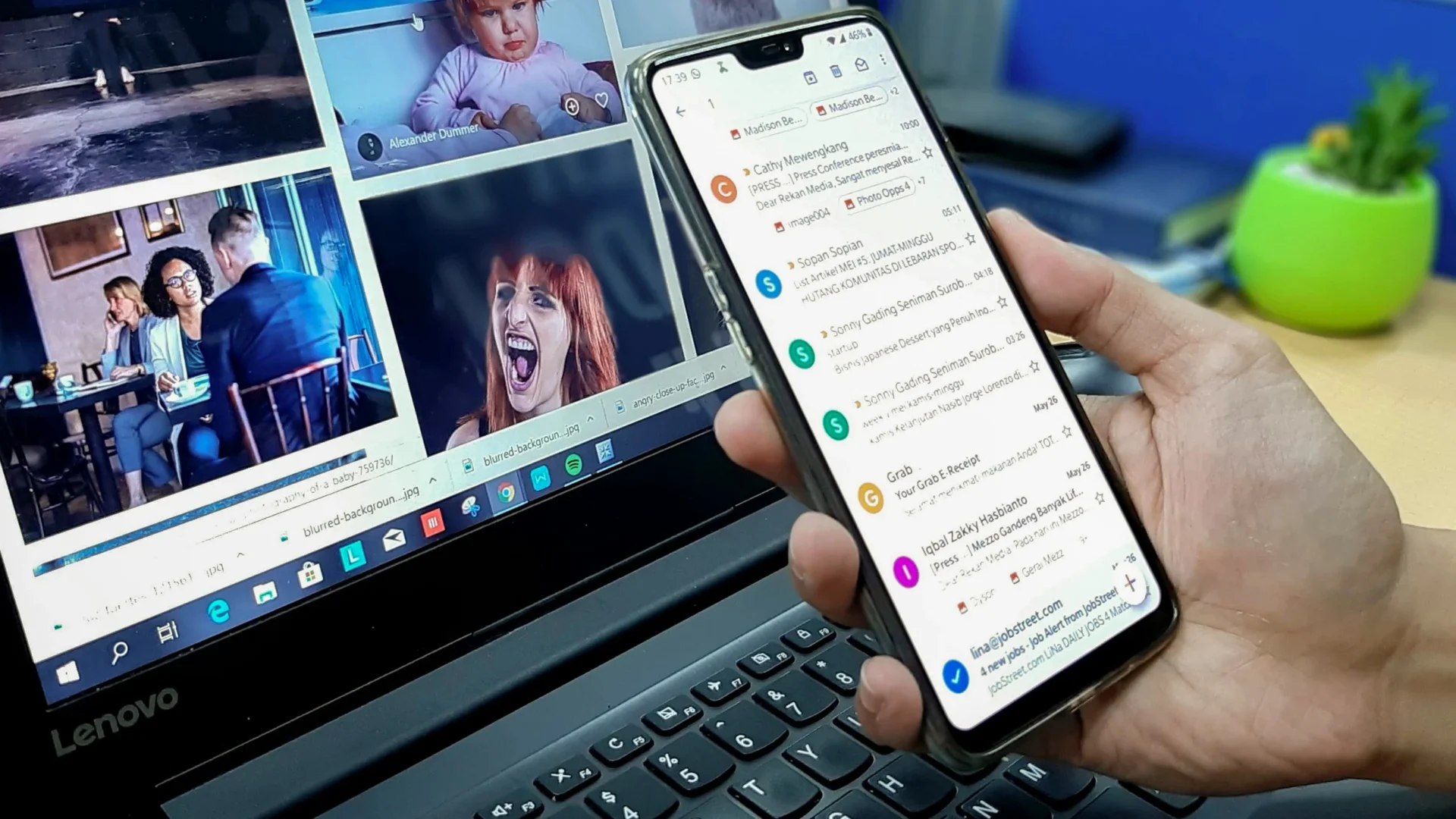In B2B marketing, understanding how to effectively target and engage your audience is key to driving success. B2B email segmentation plays a crucial role in this process by allowing businesses to break down their audience into smaller, more manageable groups based on shared characteristics. This practice ensures that each email campaign speaks directly to the recipient’s specific needs, challenges, and interests. Instead of relying on generic emails that may or may not resonate, segmentation ensures a more personalized, relevant approach that leads to higher engagement and better results.
By segmenting your email list effectively, you can optimize the relevance of your messaging, increase engagement rates, and ultimately improve conversion rates. Email segmentation is not just about dividing your list, it’s about strategically delivering the right content to the right people at the right time. This method moves beyond simple demographics to include behaviors, buyer personas, and engagement levels, all of which enhance the impact of your campaigns. With the right segmentation strategies in place, you can create tailored messages that resonate with each specific segment of your B2B audience, leading to stronger relationships and greater business outcomes.
This blog explores B2B email segmentation and how it can optimize your email marketing for better results.
Understanding the Power of B2B Email Segmentation
B2B email segmentation is the process of dividing your email list into smaller, targeted groups based on shared characteristics. Instead of sending the same generic email to everyone, you can tailor your messaging to resonate with specific segments. This email strategy allows for more relevant content, leading to higher engagement and better results. Moving beyond a one-size-fits-all approach, segmentation helps businesses create a more personalized and effective digital marketing strategy. Ultimately, this ensures that each recipient receives content that aligns with their needs and interests.
B2B email segmentation is a key component of customer segmentation, which involves dividing your entire customer base into meaningful groups. This method allows B2B businesses to deepen their understanding of their audience and craft email campaigns that are tailored to specific preferences. Segmented emails have higher open and click-through rates, as recipients find the content more relevant. Additionally, email deliverability improves, reducing the risk of messages being marked as spam. Moreover, segmentation enhances lead nurturing, ensuring that prospects receive content aligned with their position in the B2B sales funnel.
Unlike B2C segmentation, B2B digital marketing strategy must account for a complex buying process involving multiple decision-makers. B2B purchases are driven by logic, ROI, and long sales cycles, rather than impulse or emotion. Businesses must segment their audience based on industry, company size, job title, and buyer persona to ensure their messaging resonates. Since multiple stakeholders influence decisions, email campaigns should target C-level executives, department heads, and end-users differently. Finally, personalization is key—customizing content, calls to action, and messaging strengthens relationships, builds trust, and drives sales.
Segmentation Strategies and Tactics for B2B
Effective B2B email segmentation relies on several key methods, including segmenting by industry, company size, job title, buyer persona, and stage in the sales funnel. For instance, segmenting by industry allows you to address specific challenges faced by different sectors. Company size segmentation helps tailor messaging to suit the needs of both small and large organizations. Job title segmentation targets individuals based on their roles within the company, allowing for more relevant content. Moreover, segmenting by buyer persona ensures that the messaging resonates with the different types of buyers you are aiming to reach.
Collecting the right data is vital for effective segmentation. Methods like forms, surveys, website analytics, CRM integration, and lead scoring can provide valuable insights into your audience’s behaviors. Forms capture basic subscriber information, while surveys help gather deeper insights into their challenges. Website analytics offer a view into how subscribers interact with your content. CRM integration connects your email marketing with customer data, and lead scoring helps identify and prioritize your most qualified leads.
Tailoring your segmentation strategy to meet your marketing goals is essential. For lead generation, segmenting by industry, company size, and job title can help attract the right prospects. For lead nurturing, focusing on stage in the sales funnel and engagement level ensures that you send the most relevant content at the right time. If your goal is customer retention, segmentation based on purchase history and customer behavior will help target existing clients. Combining different criteria, like industry and engagement level, allows for personalized campaigns that resonate with each segment.

Campaign Execution and Optimization for B2B
Personalizing email content for different segments is essential for maximizing engagement. Tailoring your messaging and offering relevant content based on the subscriber’s industry or stage in the sales funnel ensures higher relevance. For example, you can highlight specific product benefits that resonate with businesses in particular sectors or offer content downloads suited to their needs. Personalized emails are far more likely to be opened, read, and acted upon, leading to stronger results. Ultimately, this approach improves both customer satisfaction and B2B digital campaign effectiveness.
Automating email campaigns based on B2B email segmentation can significantly improve efficiency. Triggered emails, such as welcome emails or abandoned cart reminders, can be sent automatically based on subscriber actions. Email drip campaigns nurture leads over time with a series of targeted emails designed to guide them through the sales funnel. Automation helps scale personalized messaging, saving time and effort while ensuring relevant content reaches the right audience. This approach enables marketers to work smarter, not harder.
Measuring the success of your B2B email segmentation efforts is crucial. Key metrics such as open rates, click-through rates, and conversion rates provide insight into campaign performance. A/B testing various elements like email content, subject lines, and sending times helps optimize campaigns for better results. Regularly reviewing your email marketing data ensures that your strategies evolve based on performance. Continuous testing, analyzing, and refining your segmentation is the key to improving your B2B email marketing outcomes.
Advanced B2B Email Segmentation Techniques
Beyond basic segmentation methods, behavioral segmentation enhances B2B email efforts by targeting audiences based on their interactions with digital content. For example, segmenting based on which web pages they visited, emails they opened, or content they downloaded allows you to deliver messaging tailored to their specific interests. This technique ensures that you provide relevant content aligned with their actions and needs. By addressing individual behaviors, you improve engagement and enhance the likelihood of conversion. This approach enables highly targeted communication with each segment.
The rise of Account-based marketing (ABM) is another advanced segmentation technique you need to consider. This focuses on targeting key decision-makers within specific accounts. Rather than sending generic emails to everyone at a company, ABM involves understanding the unique needs and challenges of individual influencers and decision-makers. Tailoring your messaging to these key people creates more personalized and relevant communication. ABM is highly effective for building relationships with high-value accounts and driving sales. It requires a deeper understanding of the buying process within each account.
Predictive segmentation uses past data to anticipate future customer behavior, helping prioritize high-potential leads. By identifying patterns from historical data, you can focus efforts on leads most likely to convert. Lead scoring works hand-in-hand with predictive segmentation by assigning points to leads based on their engagement and behavior. This method allows for smarter allocation of resources, focusing on qualified leads. The use of AI and machine learning in segmentation further enhances this process by identifying patterns and insights at scale, creating more effective segmentation strategies.
B2B Email Marketing Best Practices and Tools
B2B email marketing is a strategic approach where businesses use email to connect with other organizations, nurture leads, and drive sales. To be effective, it requires a deep understanding of the target audience, their needs, and their buying process. The goal is to deliver valuable content that resonates with recipients and positions the business as a trusted advisor. By personalizing the message and addressing the specific challenges faced by the audience, businesses can build strong relationships. This approach is critical in lead nurturing and relationship building in B2B contexts.
A good B2B email click-through rate (CTR) varies depending on factors like industry, audience, and content, but it is typically higher than B2C CTRs. Improving CTRs through effective segmentation is key to achieving better engagement. By delivering more relevant and personalized content, you increase the chances of your emails being clicked. The goal is to make your emails engaging and enticing, offering recipients something valuable that aligns with their interests. Effective segmentation makes your emails more relevant, directly impacting CTR.
Choosing the right email marketing platform is essential for successful B2B email campaigns. Look for platforms that offer segmentation features, automation, and robust reporting capabilities. Integration with CRM systems ensures seamless alignment with your customer management strategy. Popular B2B email marketing platforms like Mailchimp, HubSpot, Pardot, and Marketo provide tools for personalized and automated messaging. Additionally, data analytics tools like Google Analytics help refine strategies by providing insights into how subscribers interact with your content. Always ensure CAN-SPAM compliance and follow best practices for email deliverability to ensure your emails reach the inbox.
Wrap Up
B2B email segmentation is an essential strategy that enables businesses to connect with their audience in a more personalized and impactful way. By breaking down your email list into targeted segments based on industry, company size, job title, and engagement level, you ensure that your messaging speaks directly to the unique needs of each recipient. This focused approach enhances engagement, improves deliverability, and boosts conversion rates, making segmentation a powerful tool for driving business outcomes. Whether you’re aiming to nurture leads, increase brand awareness, or improve customer retention, email segmentation can help you optimize your efforts and achieve measurable success.
If you’re looking for expert guidance to improve your B2B email segmentation strategy, don’t hesitate to contact fishbat, a premier New York digital marketing agency. Our team can help you develop and implement a customized email marketing strategy that drives results and strengthens your relationships with key business decision-makers. Contact us today at 855-347-4228 or hello@fishbat.com for a free consultation, and let us help you take your email marketing efforts to the next level!


